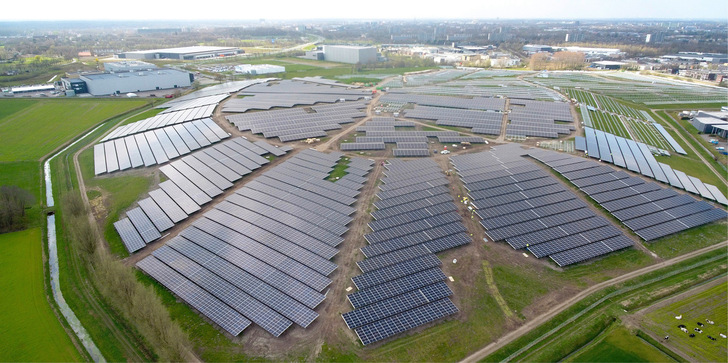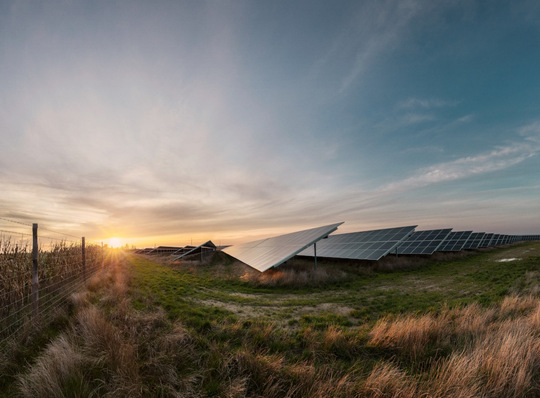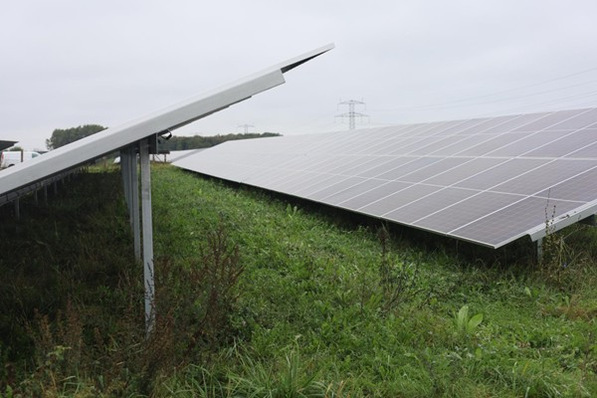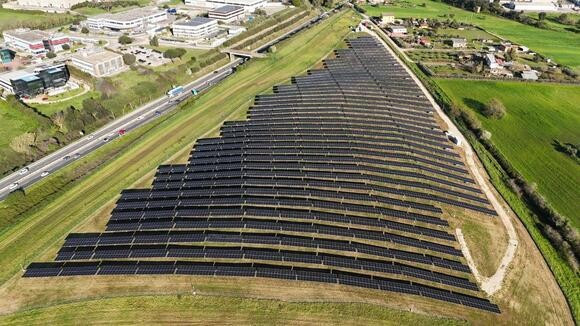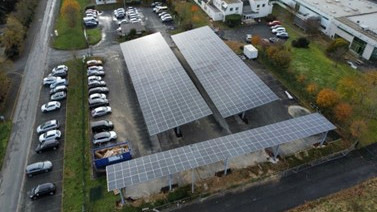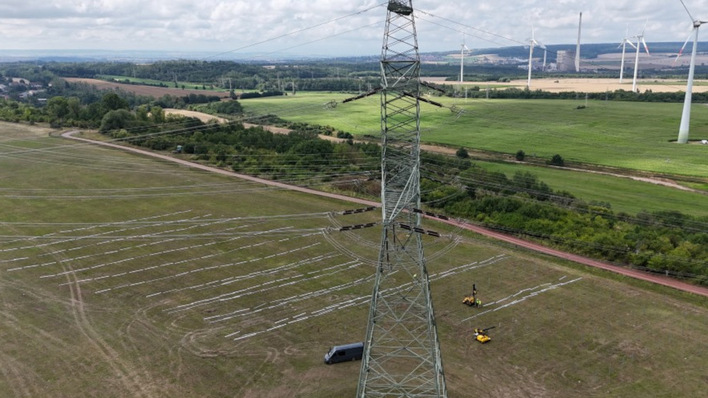When it comes to open-space solar power plants, there are always calls to first build on land that is already sealed or otherwise unusable. The latter are mainly so-called conversion areas, such as former military, industrial or commercial sites. But we are also talking about former landfills. These are areas where waste is stored on a long-term basis, but which no longer have to accommodate further waste.
As a rule, former landfills are closed and renaturalised. In fact, the development of such areas with photovoltaic systems can take over a share of the energy supply. The State Institute for the Environment of Baden-Württemberg has calculated how large the potential for this would be in the state. And readers should bear in mind that this potential can be extrapolated across Germany and beyond.
See also: Combine PV and waste disposal
The result is a figure of 131,000 megawatt hours of solar electricity that could be generated if 78 of the suitable landfills were developed with photovoltaic systems. However, only landscape data was taken into account.
Do not penetrate the membrane
But it is not that simple. "There are very different types of landfills and each one is different," knows Marco Göbel, Managing Director of MKG Göbel, a solar project developer headquartered in Öhringen, halfway from Heilbronn to Schwäbisch Hall. The company has already gained a lot of experience with the installation of solar plants on various landfills.
Above all, project planners, but also the operators of the landfills - usually the municipalities - have to take a few things into account if they want to build a solar plant on them. For example, the landfills are usually sealed with a membrane.
Also interesting: 10-megawatt PV plant for Disentis ski area
Soil is poured over this membrane and then the landfill is recultivated. "This membrane must not be violated during the construction of the solar plant. That is why it is important to clarify the boundary parameters with the specialist responsible for sealing," says Marco Göbel. (SU/HS/mfo)


